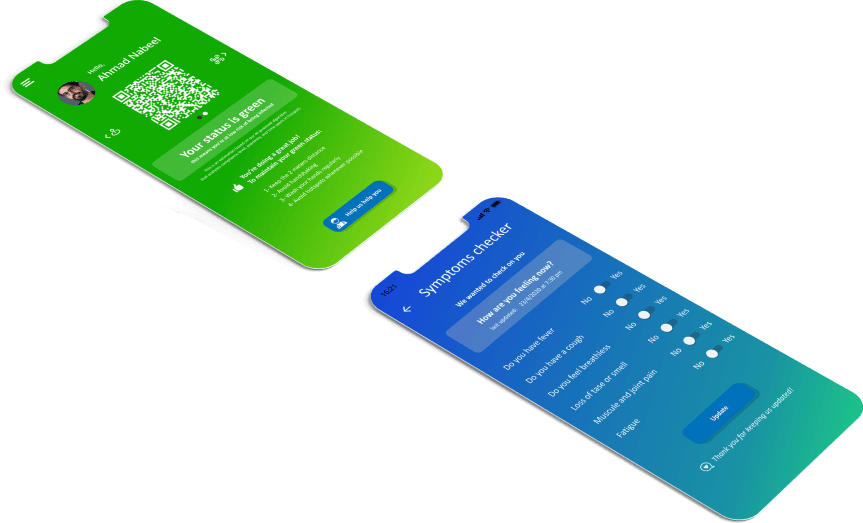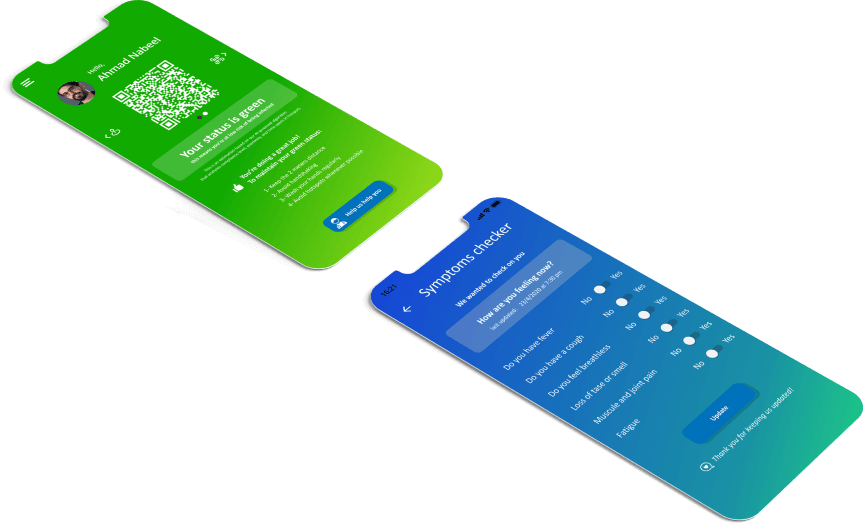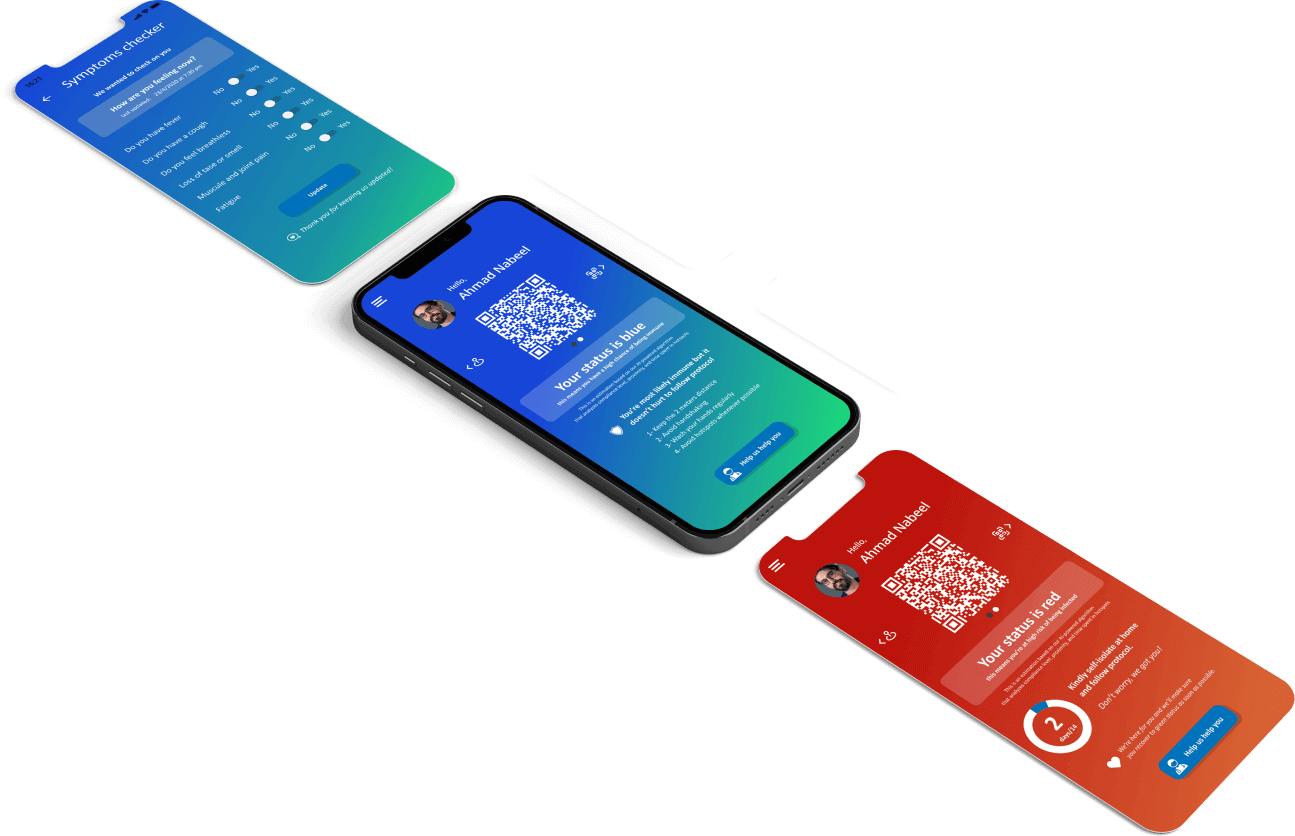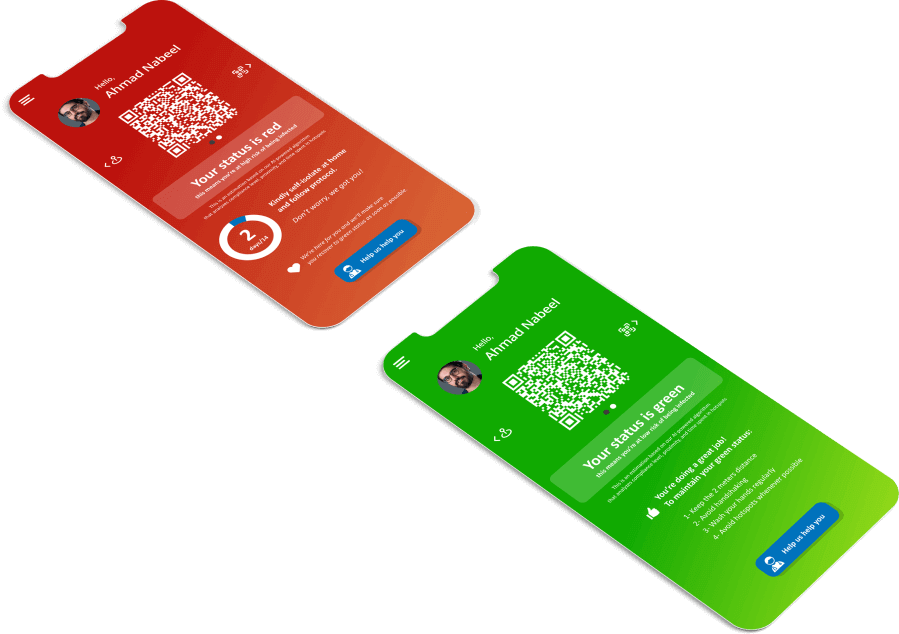Smart POS & Repair Management for Multi-Outlet Mobile Shops
A Laravel-powered point-of-sale and repair workflow that centralizes inventory, invoices, petty expenses, delivery collections and multi-shop analytics, built to help a multi-store mobile accessories and repair business in Portugal increase revenue, reduce loss, and speed up repairs.
Duration: 4 months 3 days | Industry: • Business • eCommerce
Get Started




